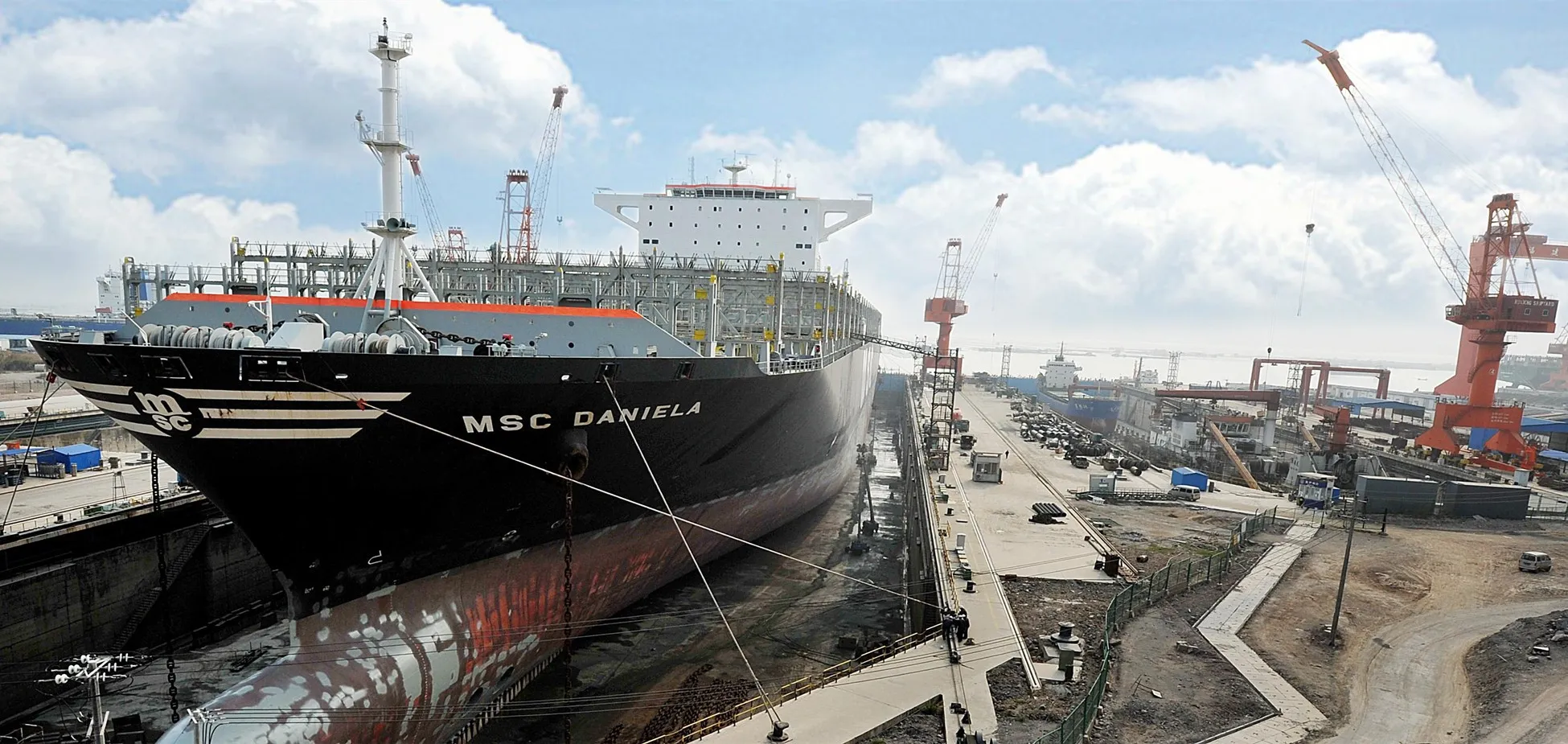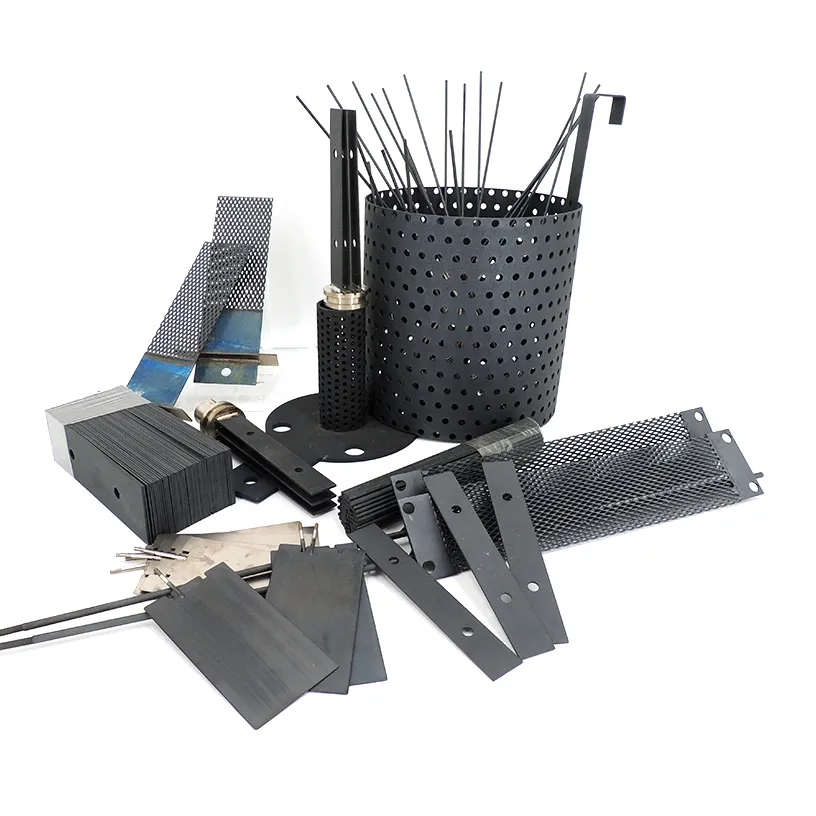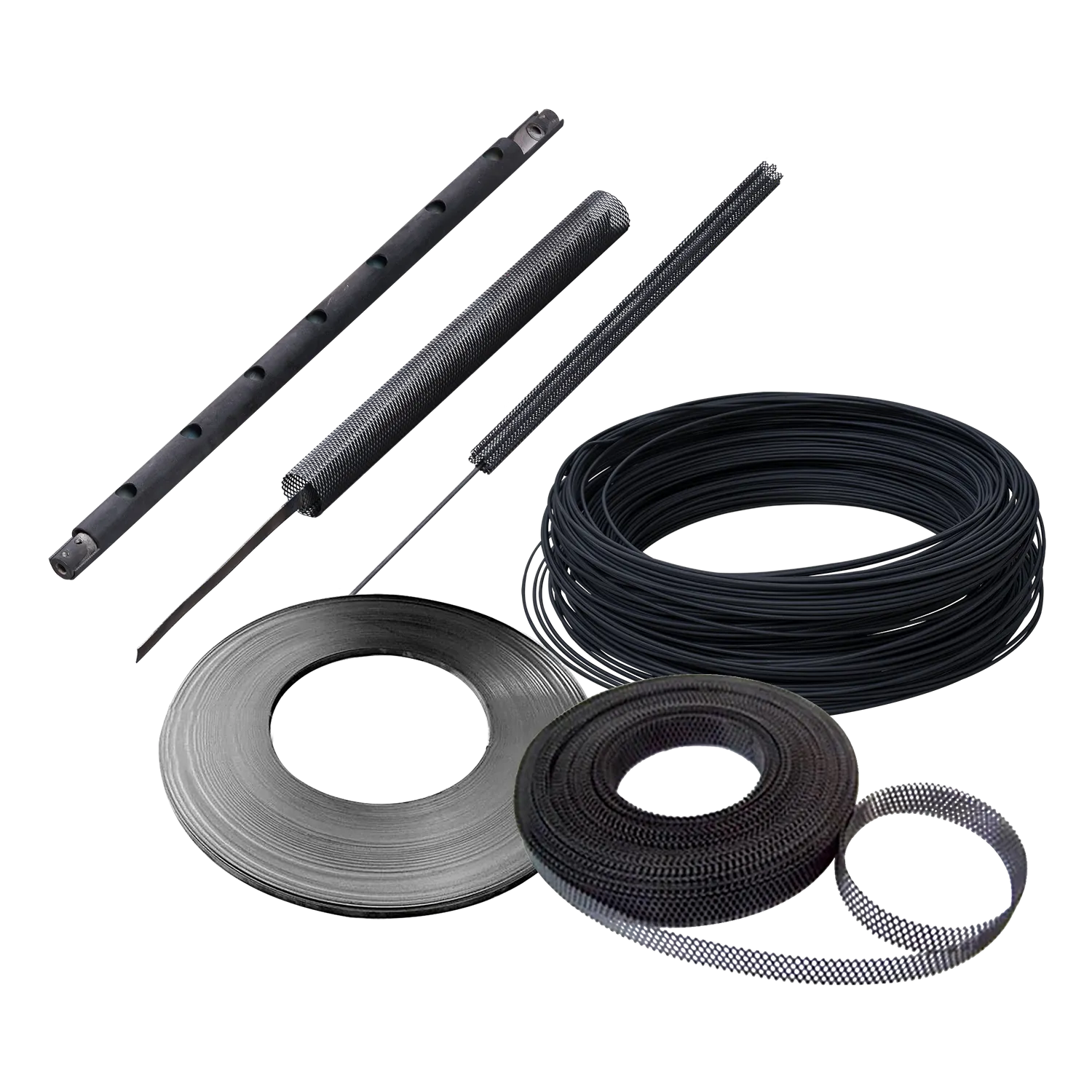Corrosion in reinforced concrete structures poses significant challenges, threatening the durability and safety of our constructions. As steel within concrete becomes vulnerable, the need for innovative solutions becomes paramount. Cathodic protection emerges as a promising answer.
In this blog, we delve deep into this technique, aiming to offer both professionals and enthusiasts a comprehensive understanding of its applications and benefits. Join us in exploring how cathodic protection is reshaping the future of construction, ensuring safer and longer-lasting structures.
Table of Contents
Introduction
Concrete structures, while robust and resilient, are not impervious to the tests of time and environment. These structures, forming the backbone of modern infrastructure, are continually exposed to elements that can compromise their integrity. Over time, factors like moisture, chemicals, and environmental changes can weaken the concrete and the steel reinforcements within. Recognizing these vulnerabilities is the first step in ensuring the longevity of our constructions. Maintenance isn’t just about repairs; it’s about proactive protection, keeping the potential threats at bay, and ensuring the continued strength and safety of the structures.
The Corrosion Challenge
Reinforced concrete has become a staple in the infrastructure of many nations, supporting massive constructions like sea bridges, foundation platforms, and PCCP water pipelines. Typically, the alkaline environment of the concrete, created by the hydration reaction producing calcium hydroxide, forms a protective film on the steel surface. This passive layer acts as a shield, deterring further corrosion of the steel.
However, this defense has its limits. Over time, harmful substances like CO₂, SO₄²⁻, and especially Cl⁻ can infiltrate the concrete, breaking down its protective alkaline environment. Chloride ions, in particular, can breach the protective passive layer on the steel, initiating corrosion. The consequences? Weakened steel, compromised structural integrity, and potential hazards.
Cathodic Protection: The Proactive Solution
Corrosion, a natural adversary of concrete structures, can compromise their integrity and longevity. Cathodic protection emerges as a scientifically backed and industry-approved solution, offering a proactive shield against this deteriorative process.
Basic Definition and Principles of Cathodic Protection:
Cathodic protection is a technique employed to control the corrosion of a metal surface by making it a cathode of an electrochemical cell. It’s a method that has proven effective in protecting structures, particularly those made of concrete.
How Cathodic Protection Works:
By applying a specific electric current to a structure, the potential of the structure’s metal can be shifted into a non-corrosive range. This can be achieved through two main techniques: the sacrificial anode method and the impressed current method.
Benefits of Cathodic Protection for Concrete Structures
- Extending the Life of Structures:
One of the most significant benefits of cathodic protection is its ability to extend the lifespan of concrete structures. By preventing corrosion, structures can maintain their integrity and function for a more extended period. - Cost Savings in the Long Run:
While the initial investment in cathodic protection might seem substantial, the long-term savings in repair and replacement costs make it a cost-effective solution. By preventing structural damage, the need for expensive repairs is significantly reduced. - Environmental Benefits:
Cathodic protection also offers environmental advantages. By extending the life of structures and reducing the need for repairs and replacements, the consumption of resources is minimized, leading to a reduced carbon footprint and less waste in the environment.
Exploring Advanced Cathodic Protection Techniques
In the following sections, we will introduce different cathodic protection solutions specifically designed to address the challenges of preserving and restoring steel in reinforced concrete, particularly in environments that present unique challenges. Through this exploration, we aim to shed light on the cutting-edge strategies and techniques that safeguard our critical infrastructures against the ravages of time and the elements.
Embedded Anode Technology: The Sacrificial Anode Method
What is Embedded Anode Technology?
Embedded anode technology is defined by its dual-purpose approach. It serves as a robust line of defense against corrosion in new reinforced concrete structures and also excels at restoring those already affected by corrosion. Central to this technology are specialized anodes, predominantly made from high-grade zinc, which are securely housed within a custom-designed high-alkalinity active mortar.
How does it work?
The effectiveness of these anodes is enhanced through the incorporation of a distinct pore-forming agent and a conductive steel wire. The meticulous manufacturing procedure preconditions the zinc anode, ensuring it offers a vast working surface area and uniform corrosion consumption. Once the concrete is poured, the active mortar is activated, immediately stimulating the zinc anode. This continuous process supplies electrons to the reinforcing steel, acting as a steadfast barrier against corrosion.
Key Features:
- Highly negative open-circuit potential, reaching at least -1100mV (compared to a saturated calomel electrode).
- A remarkably alkaline, active mortar boasting a pH of 14 or more.
- Encapsulating mortar with impressively low resistivity, less than 100Ω.m.
- A robust service lifespan, often surpassing a decade.
- Swift anode activation, ensuring immediate efficiency.
- Reliable performance with corrosion products distributed uniformly, averting expansion stress.
- Hassle-free installation, thanks to the anode wires’ easy wrap-around design.
Specifications and Models:
| Product Model | Anode Weight (g) | Bar Anode Dimensions | Cylindrical Anode Dimensions |
|---|---|---|---|
| HL-CP-01 | 42 | 25 x 30 x 70 mm | φ40 x 50 mm |
| HL-CP-02 | 65 | 25 x 30 x 100 mm | φ40 x 60 mm |
| HL-CP-03 | 90 | 35 x 40 x 100 mm | φ50 x 70 mm |
| HL-CP-04 | 150 | 35 x 40 x 120 mm | φ55 x 70 mm |
MMO Mesh Anode Technology: Elevating the ICCP Approach
What is MMO Mesh Anode Technology?
MMO Mesh Anode Technology centers around the use of a titanium mesh anode, which is meticulously coated with MMO (Mixed Metal Oxide). This mesh is then cross-welded with titanium strips, resulting in a grid-like planar structure, designed to act as a supplementary anode.
How does it work?
By utilizing the impressed current method, this supplementary anode arrangement delivers a protective current to the steel embedded within the concrete. The MMO-coated titanium mesh anode is specifically calibrated for a current density of 110mA/m². One of its most remarkable features is its durability, with a potential lifespan that can span an impressive century.
Key Features:
- Longevity: One of its standout features is its remarkable durability, with a potential lifespan that can span an impressive century.
- Efficiency: Designed for optimal current distribution, ensuring consistent protection across the structure.
- Robust Construction: Made with high-quality titanium, ensuring resistance to wear and tear and enhancing the system’s overall reliability.
- Versatility: Suitable for a wide range of reinforced concrete structures, accommodating various architectural designs and requirements.
- Optimal Current Density: Specifically calibrated for a density of 110mA/m², ensuring adequate protection without overconsumption of energy.
Specifications:
| Width | Length | Thickness | Weight | Surface Area | Output Current | Life |
| 10mm | 76m | 1.3mm | 1.4kg | 0.025㎡/m | 110mA/㎡ | 75 |
| 13mm | 76m | 1.3mm | 1.8kg | 0.032㎡/m | 110mA/㎡ | 75 |
| 19mm | 76m | 1.3mm | 2.7kg | 0.048㎡/m | 110mA/㎡ | 75 |
MMO Distributed Anode Technology: Precision Meets Protection
What is MMO Distributed Anode Technology?
MMO Distributed Anode Technology is built around the concept of discrete MMO anodes, which are thoughtfully and strategically embedded within the concrete. These anodes are designed to offer precise and localized protection, catering to the specific needs of the structure at hand.
How does it work?
For new constructions, the preference leans towards prefabricated discrete MMO anodes. These are a fusion of the MMO mesh anode, a titanium conductive strip, and an external active mortar, providing a comprehensive protection system. In contrast, for existing structures that demand rejuvenation, the discrete MMO anode is versatile enough to operate effectively without the necessity of an external active mortar.
Key Features:
- Precision: Designed for targeted protection, ensuring that specific vulnerable areas receive adequate attention.
- Versatility: Whether it’s a new structure or an old one requiring restoration, the technology is adaptable to both scenarios.
- Comprehensive Protection: For new structures, the inclusion of an external active mortar provides an added layer of defense.
- Durability: Built with high-quality materials, ensuring long-lasting protection against corrosion.
- Easy Integration: The discrete design allows for seamless integration into various concrete structures without compromising aesthetics or structural integrity.
Applications of Advanced Cathodic Protection Methods
In today’s rapidly evolving infrastructure landscape, the need to safeguard our structures against the persistent threat of corrosion has never been greater. Advanced cathodic protection methods, with their pioneering techniques, have proven invaluable in this endeavor. Here’s a deeper look into where these avant-garde methods are making a significant impact:
- Bridges:
With bridges often exposed to varying weather conditions and, in some cases, salty water from seas or oceans, the risk of corrosion is high. Advanced cathodic protection ensures that these vital transportation links remain safe and durable, extending their lifespan and reducing maintenance costs. - Port Docks:
Ports are bustling hubs of activity, and their docks are constantly exposed to saline water, making them highly susceptible to corrosion. Employing advanced cathodic protection techniques here ensures that these crucial structures remain robust, facilitating smooth maritime trade and operations. - Foundations of Wind Turbines:
As we shift towards renewable energy, wind turbines have become a common sight. The foundations of these turbines, anchored deep into the ground, are at risk from underground moisture and minerals that can accelerate corrosion. Protecting these foundations is crucial to ensure the stability and longevity of the turbines, making advanced cathodic protection indispensable. - Coastal Barriers and Structures:
Coastal areas, with their salty air and water, present a challenging environment for structures. Sea walls, barriers, and other coastal installations benefit immensely from advanced cathodic protection, ensuring they stand strong against the relentless onslaught of the sea and its corrosive effects. - Prestressed Concrete Edifices:
Prestressed concrete structures, widely used in modern construction for their strength and flexibility, are not immune to corrosion. The tensioned steel within them can corrode over time, compromising the structure’s integrity. By employing advanced cathodic protection methods, we can ensure that these edifices, be they skyscrapers, bridges, or dams, remain safe and sound for years to come.
Hele Titanium: Your Trusted Cathodic Protection Partner
At Hele Titanium, we pride ourselves on being leading experts in the field of cathodic protection. As professional manufacturers of Cathodic Protection Anodes, we offer tailor-made solutions to meet your unique requirements. With our commitment to quality and innovation, you can trust us to deliver the best-in-class products for all your cathodic protection needs.
Conclusion
In the ever-evolving world of construction, staying ahead of potential threats is crucial. By understanding and implementing cathodic protection techniques, we can ensure that our structures not only stand the test of time but also remain safe and sound for all those who rely on them.




